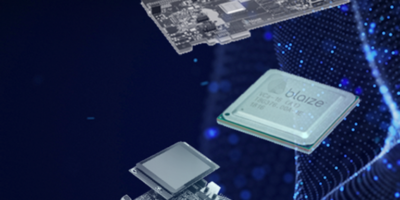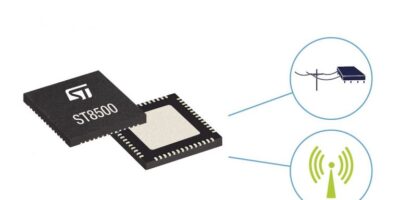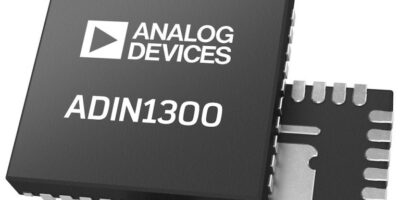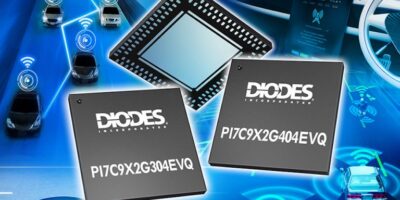Start-up Blaize (formerly known as Thinci) has announced details of the first true Graph-Native silicon architecture and software built to process neural networks and enable AI applications.
The Blaize Graph Streaming Processor (GSP) architecture enables concurrent execution of multiple neural networks and workflows on a single system. It also supports a range of heterogeneous compute-intensive workloads, says Blaize.
According to Blaize, the computing architecture meets the demands and complexity of new computational workloads found in artificial intelligence (AI) applications in automotive, smart vision and enterprise computing segments.
The Blaize GSP architecture and Blaize Picasso software development platform blends dynamic data flow methods and graph computing models with fully programmable proprietary SoCs. This allows Blaize computing platforms to exploit the native graph structure inherent in neural network workloads all the way through runtime, explains the company. The massive efficiency multiplier is delivered via a data streaming mechanism, where non-computational data movement is minimised or eliminated. This gives Blaize systems the lowest possible latency, reduces memory requirements and reduces energy demand at the chip, board and system levels, claims the company.
Blaize GSP is claimed to be the first fully programmable processor architecture and software platform that is built from the ground up to be 100% graph-native. Its inherent graph-native structure means developers can build multiple neural networks and entire workflows for neural networks on a single architecture that can be applied to a multitude of markets and use cases. Blaize explains that it allows end-to-end applications to be built integrating non-neural network functions, such as image signal processing with neural network functions, all represented as graphs that are processed 10 to 100 times more efficiently than existing solutions. AI application developers can build entire applications faster, optimise these for edge deployment constraints and run them efficiently using automated data-streaming methods, the company adds.







